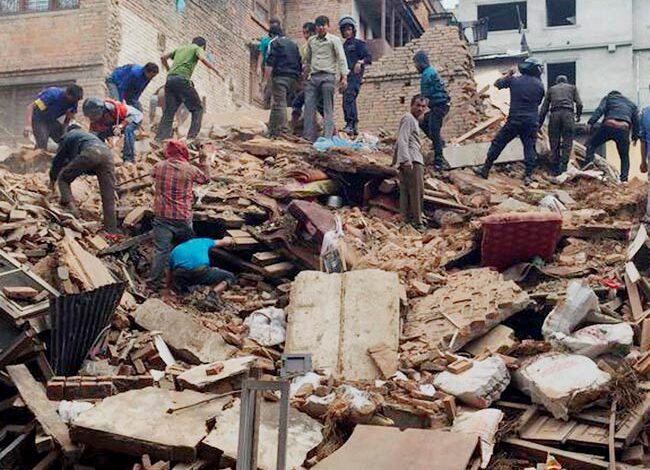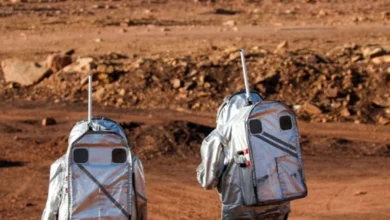Tibet’s earthquake risk: New study shows Indian tectonic plate is breaking into two
The findings challenge previous assumptions, showing a more complicated picture of tectonic collisions and plate dynamics

A recent study presented at the annual meeting of the American Geophysical Union suggests that Tibet might be on the brink of a seismic split. The study looks closer into the geology beneath the Himalayas. The findings challenge previous assumptions, showing a more complicated picture of tectonic collisions and plate dynamics.
The collision between the Indian and Eurasian tectonic plates beneath the Himalayas has been an ongoing process, contributing to the continuous growth of the Himalayas. However, the recent study reveals a more complex situation than previously understood. Unlike the straightforward subduction of an oceanic plate under a continental one, the collision of two continental plates presents a more mysterious scenario due to their similar densities.
Some scientists propose the idea of underplating, suggesting that the Indian plate might be sliding beneath the Eurasian plate without descending deeply into the mantle. On the other hand, an opposing view suggests that the inner parts of the Indian plate are subducting, causing the upper parts to press against Tibet. The new research leans towards subduction, indicating that the Indian plate is not only subducting but also undergoing bending and tearing, resembling the peeling of a tin can lid.
The scientists investigated earthquake waves moving through the Earth’s crust at the point where the two plates meet. By interpreting these waves, they generated images that showed rifts and tears in the Indian plate’s crust. While the lower reaches of the Indian plate plunge to depths of 124 miles (200 kilometers) in certain areas, they only extend to 62 miles (100 kilometers) in others. This observation hints at the possibility that segments of the Indian plate have peeled away.
In a separate 2022 study, researchers mapped variations in helium emissions from geothermal springs in the region, pinpointing the boundary where the Indian and Eurasian plates converge in the Himalayas. This additional geochemical insight aligns with the seismic evidence, providing further indications of a plate on the verge of splintering.
Despite these revelations, the details of how tearing and warping deep within the crust translate to surface stress buildup remain unclear. Nevertheless, the recent study might help them identify regions with increased earthquake risks along the plate boundary.
You might also be interested in –6.2-magnitude earthquake Northwest strikes China killing over 100 people



